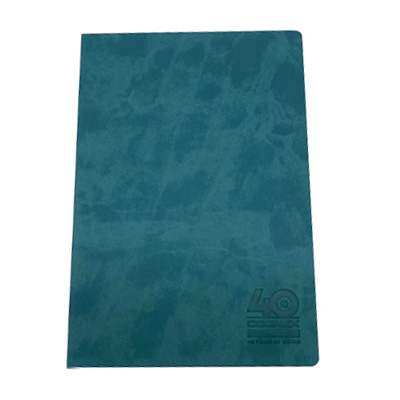As a creative and interactive toy form, DIY 3D toys have been increasingly praised by parents and educators in recent years. It is not only an entertainment tool, but also an effective educational tool, especially in improving children's hands-on ability. By participating in the production of these toys by themselves, children can exercise various skills in the process of playing, while enjoying a sense of accomplishment and satisfaction in creative activities.
In the process of making DIY 3D toys, children need to complete a variety of manual operations, such as cutting, folding, splicing, painting, etc. These activities require children's fingers and wrists to have high flexibility, so in the process of operation, children's fine motor skills have been significantly improved. For example, cutting paper, gluing small parts with glue, aligning and combining parts, etc., not only help children exercise hand-eye coordination, but also strengthen their hand muscle strength, so that children can be more accurate and handy in their daily lives in the future, especially when writing and painting. For younger children, this kind of fine manual operation is particularly important, which helps to improve their finger flexibility and improve their proficiency in the operation of tools and materials.
In addition to hand skills, the production process of DIY 3D toys also requires children to understand and master certain spatial logic. These toys usually have complex structures and multiple parts. Children must understand the relationship between each part and assemble them in a certain order. In this way, children's spatial thinking ability is exercised. When they complete the assembly of a three-dimensional model, they must accurately judge how the various parts are coordinated and matched. This is not only a mechanical operation process, but also an exercise for their brains. Children need to use vision and touch to judge which part should be placed in front and which should be placed in the back, and how to disassemble complex structures into smaller parts that are easier to understand. This training makes them more sensitive to the shape, structure and spatial position of objects.
DIY 3D toys not only improve children's hands-on ability, but also greatly promote their creativity and problem-solving ability. In the process of toy making, children may encounter various difficulties and challenges. For example, when assembling a part, it is found that it does not fit a certain position, or some parts need to be readjusted during design. At this time, children must rely on their imagination and judgment to find a solution. By solving these practical problems, children's critical thinking is exercised, and they learn how to face challenges, analyze problems and propose solutions. This ability to think independently will have a profound impact on their future learning and life. In the design process of DIY 3D toys, children can also freely use their creativity to try different color combinations, shape designs, etc., further stimulating their innovative potential.
The production process of DIY 3D toys helps children develop patience and perseverance. Since the production of these toys often takes a certain amount of time and steps, children cannot rush for success. Making a complex model or toy requires completing each link step by step, from the initial assembly to the final detail perfection, and each step needs to be taken seriously. By completing these challenging tasks, children can learn how to stay calm in the face of difficulties and work hard. This cultivation of patience and perseverance is not only helpful for toy making, but also has a positive impact on children's studies and other areas of life.
DIY 3D toys can provide children with a special sense of accomplishment. After completing a model or toy, children usually feel very proud and satisfied because they have made a meaningful item with their own hands. This sense of accomplishment gained through their own efforts not only enhances their self-confidence, but also motivates them to challenge more complex and creative projects. Through continuous production and challenges, the children's hands-on ability has been continuously improved. At the same time, they have accumulated more experience and skills in practice, which further stimulated their interest and enthusiasm for hands-on activities.

 English
English Deutsch
Deutsch Français
Français Español
Español русский
русский عربى
عربى





